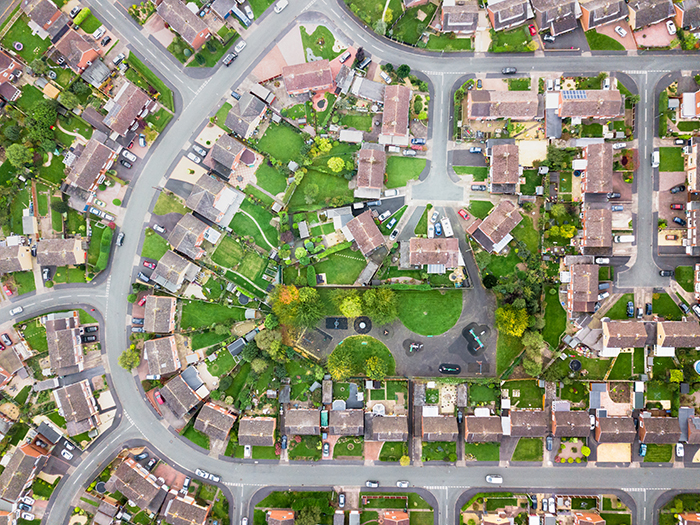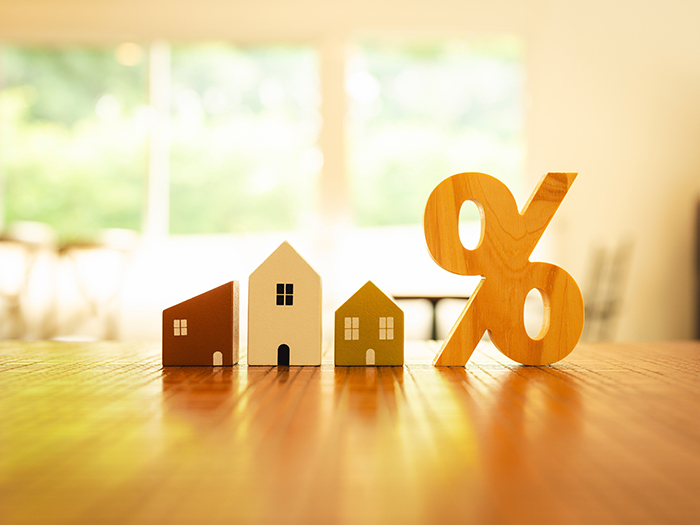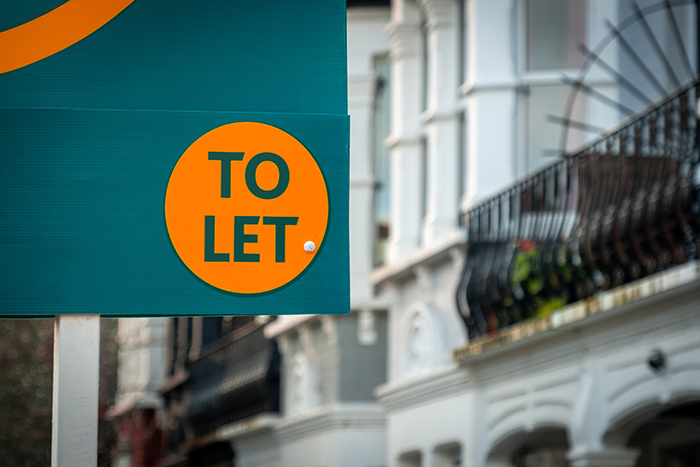
The final set of Help to Buy statistics shows that the decade-long government scheme helped borrowers buy 387,195 homes with £24.7bn of equity loans.
First-time buyers accounted for 328,346 of these properties, with the total value of all homes sold under the scheme coming in at £109.2bn, data from the Department for Levelling Up, Housing & Communities shows.
The Help to Buy: Equity Loans scheme was introduced in April 2013 to aid borrowers to buy new build homes
Under the programme, the government provided a loan of up to 20% of the value of a property — up to 40% in London since February 2016 – to be repaid when the property is sold.
The scheme attracted critics, because although it boosted FTB homeownership, it also helped push up new build house prices.
It helped housebuilders lift sales, while others said homeowners in the programme could be saddled with rising interest payments once its five-year interest-free period ended.
In the final weeks of the scheme, between 1 April and 31 May, 106 properties were bought with an equity loan, down by 99% from the same period a year ago.
Quilter mortgage expert Karen Noye says: “The scheme’s impact was not uniformly positive. Its design, which allowed the government to gain a share of the property’s appreciation, meant that as house prices increased, so did the government’s profit from these loans.
“This aspect became particularly burdensome for homeowners when they reached the end of their five-year interest-free loan period. With the interest rate initially set at 1.75% and then increasing annually based on inflation, many homeowners faced escalating costs, adding financial strain to what was initially an assistance program.
“The scheme also had significant implications for house builders. By increasing demand for new-build homes, the scheme effectively lined the pockets of these developers.
“As more buyers were able to access funds to purchase new homes, builders saw an increase in demand, which likely contributed to the rise in house prices.
“This increase in demand, fuelled by government-backed loans, provided a substantial financial boon to the construction industry.
“However, this benefit to builders came with the caveat that it may have contributed to inflating house prices, making the market less accessible in the long run.”
Noye points out: “The government may once again announce a housing scheme next week in the Autumn Statement and hopefully they can learn lessons from this more than decade-long experiment.”
New housing minister Lee Rowley adds: “Helping more people into homeownership is a priority and Help to Buy has been pivotal in helping us achieve that.
“I want to do all we can to help more people realise the dream of owning their own home, which is why we’re investing £11.5bn to deliver the affordable homes we need.
“Our long-term plan for housing will allow us to go further, so we can help even more families and young people onto the property ladder.”



